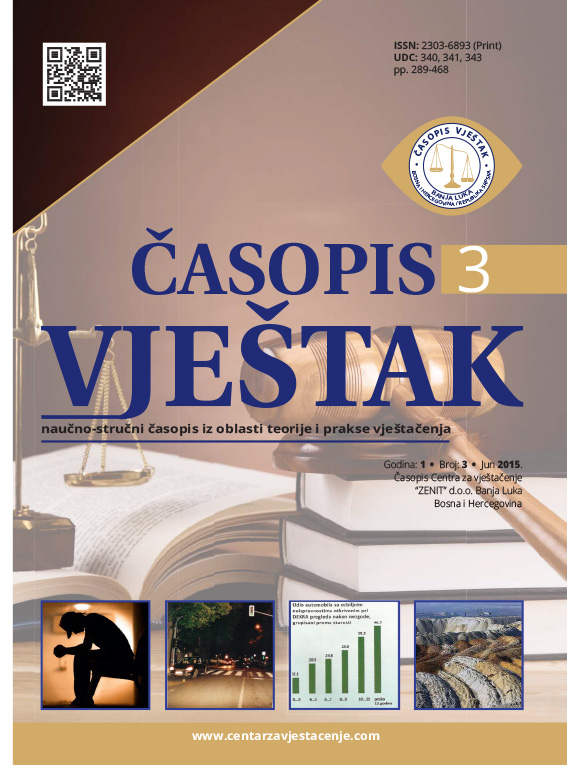Non-Discrimination in Practice of European Court for Human Rights and Constitutional Court of Bosnia and Herzegovina
Abstract
The subjects of this article are human rights in the context of contemporary non-discrimination, specifi cally
defi ned in the European Convention on Human Rights and Fundamental Freedoms. Starting point is an undisputable
fact that human rights and fundamental freedoms are base line of justice and best protected by true political democracy.
The European Convention for the Protection of Human Rights and Fundamental Freedoms treats equality as a right of an
individual and its protection is directed exclusively to protection of an individual. Article 14 of the Convention includes
list of grounds for non-discrimination. The list includes following discriminatory grounds: gender, race, color of skin, denomination,
language, political or other opinion, national or social background, nationality, property and birth.
The important feature of non-discrimination as a human right is that this specifi c right cannot exist on its own as it is
mostly the case with all the other rights. Implementation of this right is always connected to implementation of some
other right i.e. violation of it. Along with that, grounds where non-discrimination is possible are clearly not limited but
there is an open possibility for certain cases that could be subsequently identifi ed.
